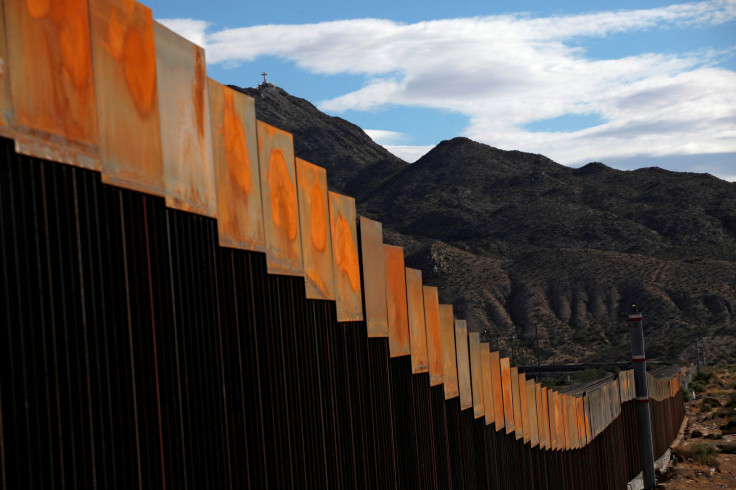Trump's Mexico Border Wall: Alternative Surveillance Methods And Countries Using Them

President Donald Trump signed an executive order Wednesday to begin work to “build a large physical barrier on the southern border.” In his election campaign, Trump promised he would “build a wall” to control illegal immigration into the United States and make Mexico “pay for it.”
In an address to his nation, Mexican President Enrique Peña Nieto said Wednesday: “I am saddened and am against the decision by the United States to continue with the construction of a wall that for years, far from joining us, has divided us. ... Mexico does not believe in walls. I've said time and again; Mexico won't pay for any wall.”
While Trump seems steadfast in his commitment to building the wall and in his belief at the good it will do, one thing is certain — a plan to build a physical wall along a 2,000 mile border, much of it through rough terrain, is costly, complicated and in 2017, also archaic. Plus, it seems to ignore history: even without modern technology, the Mongols could still scale the Great Wall of China hundreds of years ago.
The U.S. has already spent $7 billion on 700 miles of border fencing in recent years. Trump’s plan would cost the U.S. exchequer $25 billion, according to Alliance Bernstein analysts, not counting the cost of staff for 24-hour patrols. If the president is really serious about putting a stop to illegal crossings, there are other methods, cheaper and more efficient, to do so.
The U.S. Customs and Border Protection agency was created in 2003 and has worked on innovative solutions for border security. One of the techniques it has used along the Mexico border to prevent illegal entry is deploying radar, cameras and ground sensors which would coordinate with helicopters, manned planes, drones and tethered aerostats which act like helium-filled balloons that can detect smuggling operations while flying above the border.
Rather than a wall, surveillance technologies like the one which is used in the agency’s Integrated Fixed Towers program could hold the key to preventing illegal border crossing. The program includes a mix of remote video surveillance using cameras on buildings, aerial monitoring and network of ground sensors. The towers are being used as a small-scale solution currently and scaling them up to survey the entire length of the border is expected to cost $145 million.
Another way of border surveillance is the use of body cams on law enforcement agents for entry points, which in coordination with biometric screening tools, will help correctly identify persons entering U.S. territory.
Even private companies, such as Border Technology Inc. from Arizona, have come up with solutions like a solar power surveillance system called SIEDARM (Seismic Detection and Ranging), which can detect and track people, vehicles, and low flying aircraft. It uses a modified version of commercial seismic oil exploration technology, and can “be installed on the entire border without a break” according to the company’s vice-president Mike King.
The U.S. is not alone in having a large porous border that causes problems. Other countries around the world have come up with solutions for watching their borders.
India, for example, faces a more complex and insecure border situation with Pakistan than the U.S. does with Mexico, since the two countries are not friendly neighbors. Rather than spend large sums of money on so-called border walls, India is setting up ‘laser walls’ which will detect objects passing the line of sight between the laser source and the detector and set off a siren the moment the laser is breached.
© Copyright IBTimes 2024. All rights reserved.




















